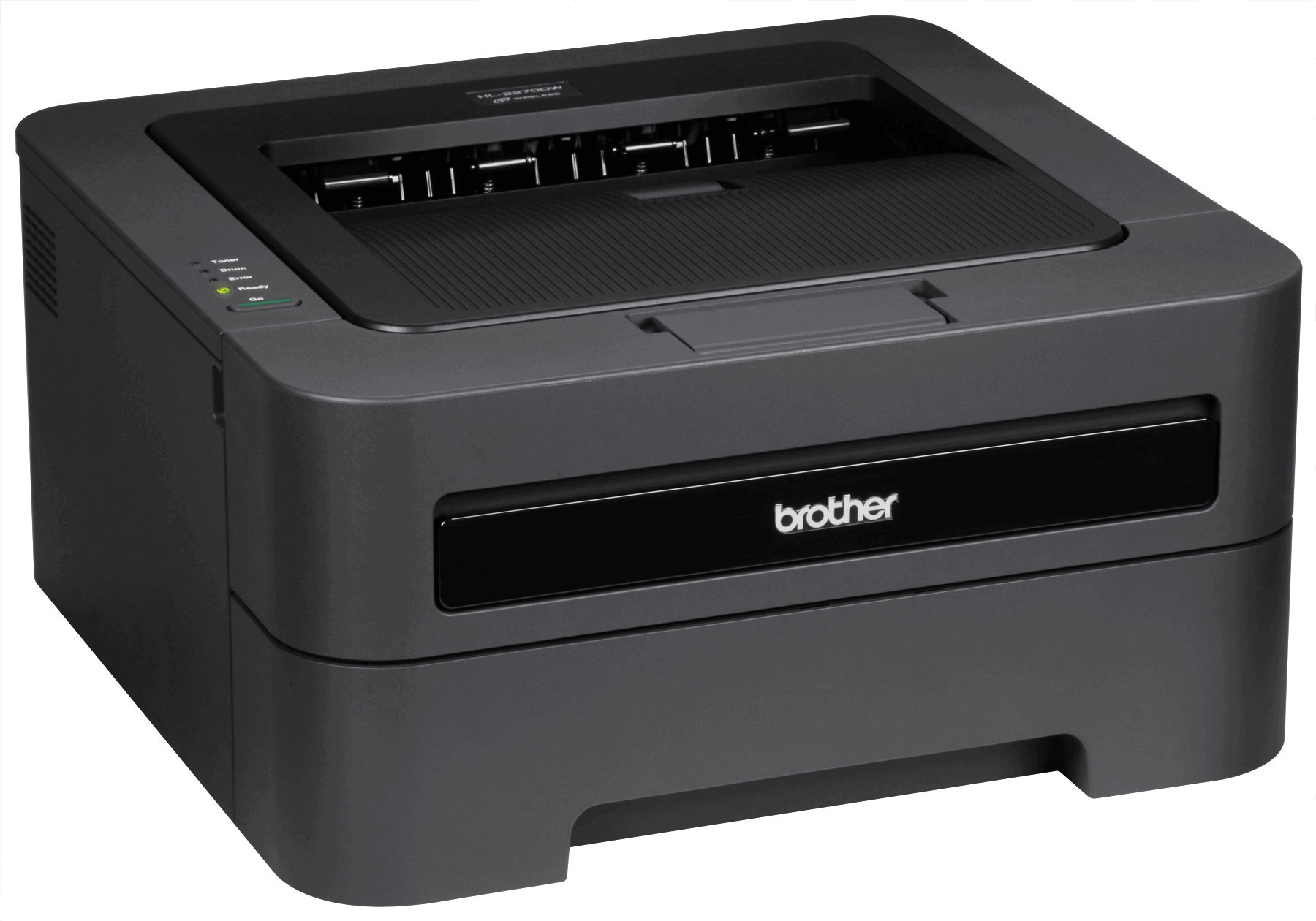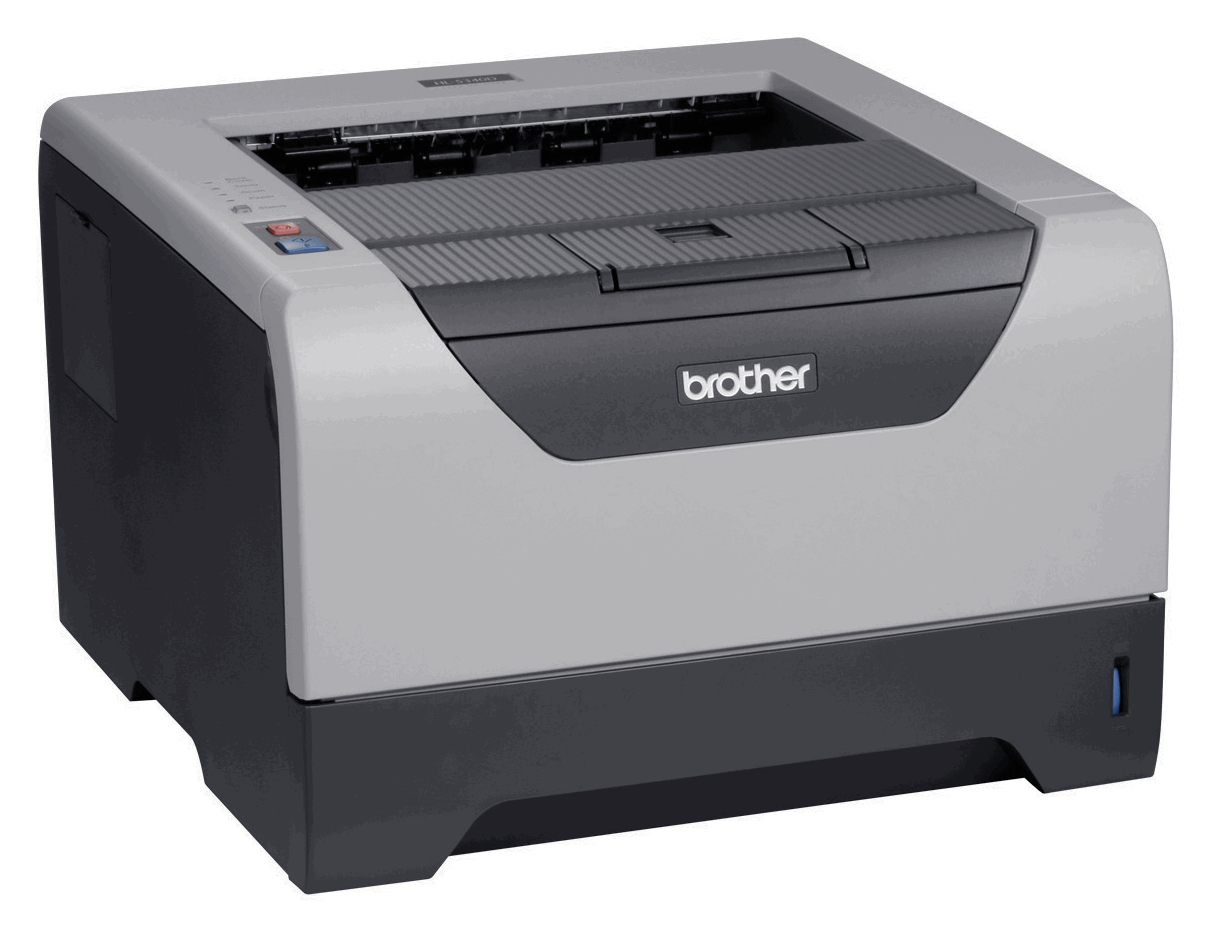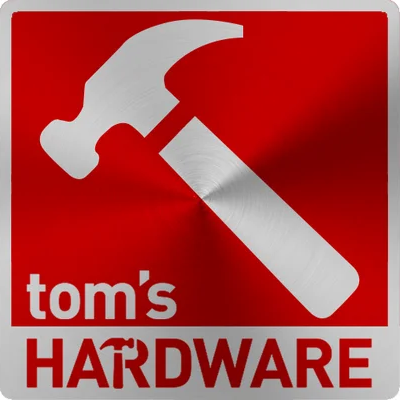Sponsored by Brother
SPONSORED: Brother Laser/LED Printer Buyers Guide
Brother Black and White Laser Printers
In our Brother Inkjet All-in-One Buyer’s Guide, things were fairly simple. Across the entire group, the basic printing engine was the same. With laser/LED printers, things get more intricate. Presumably you already know whether you need an inkjet or laser/LED. The former tends to be for environments in which only low- to moderate-volume print loads involving color photography are used and low cost is a consideration. Laser/LED tends to be faster and built for higher output volumes. Photographic quality in color models is improving but isn’t always on par with inkjet, but consumable cost per page is often lower with laser/LED, despite higher up-front printer costs.
As in our Inkjet All-in-One Roundup, we’ll learn about features and how they tie into the different price bands as we move through Brother’s printer line. By the end, you should have a good sense of which printer types will make the most sense for your small business’s output needs.
Black & White Laser Printers
For offices in which there’s a need only for text and basic monochromatic graphics, black and white lasers still prove great value. The technology is decades old, rock solid, and quite affordable. Even the consumables are fairly cheap. Brother starts in this category with the $120 HL-2220, but we don’t actually recommend this as a starting point for businesses. Here’s why...
We’re big fans of having several connectivity options, and while low-end printers have traditionally relied on USB 2.0, there are simply too many benefits to LAN-based printing. A printer investment will go farther with multiple people using it, and you don’t want these users bottlenecked through a single PC, especially when that PC might go down at any time. The HL-2270DW offers USB 2.0 as well as Ethernet (10/100) and 802.11b/g connectivity, supplying options for any situation.
For the $30 upgrade, the 2270DW also provides a nearly 30% speed gain, knocking out sheets at up to 27 pages per minute (black) with resolution of up to 2400 x 600. As we saw with inkjets, this is more than sufficient for the human eye’s capabilities, especially when photographic content isn’t being produced. Even more importantly, the 2270DW supports duplexing, allowing fast printing to both sides of the paper. Note that the 2270DW has a 250-sheet input tray and a single-sheet manual bypass for envelopes and other irregular media.
Brother’s 2270DW printer specifies a 10,000-page per month maximum duty cycle. This is just over 450 pages per normal work day, which is probably plenty for a home office with a user or two but may not suffice for larger workgroups. Another key item you always want to consider with laser/LED printers is their toner cartridge and drum unit. The 2270DW’s toner cartridge will output 700 pages, and the drum unit is rated for 12,000 pages. This is actually somewhat misleading since Brother bundles a “starter” toner cartridge here. The standard cartridge yields 1,200 pages, and a high yield option will provide 2,600 pages. As we’ll see, though, even these numbers as small compared to higher-end models. Lower page output means higher costs per page. Bear this in mind as you weight the retail prices of alternative printers. Lower yield cartridges may be fine in low-use settings, but watch your consumption patterns carefully.
HL-5340D: $199.99
The mystery of the 5340D is that it only offers USB 2.0 and parallel connections. Remember parallel—USB’s 1990s predecessor? Strange but true, many systems are still in service from that era, especially print servers. So if you have a single-user scenario or are plugging into a print server, the 5340D makes sense, and there’s no need to pay for extra connectivity.
Primarily, you’re paying more for a speed increase to 32 ppm and significant capacity increases in both paper handling and consumables. While keeping the 2270DW’s duplexing abilities, the 5340D has a 50-sheet multipurpose tray and can accommodate two optional 250-sheet paper trays. This is a huge increase that will pay dividends over the long run. Why? As a mental exercise, you might assume that an average paper tray refilling takes five minutes after you figure in cross-office coworker conversations, water stops, and so on. If the total hourly expense of an average worker is, say, $25 per hour, how many saved paper refills will it take until the 5340D’s $50 price increase pays for itself in regained productivity? Such statistical gyrations might seem silly, but they’re exactly what enterprises do when performing total cost of ownership analyses.)
With all of that additional paper comes a need for higher capacity consumables. The 5340D’s standard toner cartridge (included) yields 3,000 sheets, and a high yield version nets about 8,000 sheets. The drum unit reaches up to 25,000 sheets.
There are a few other minor improvements in the 5340D, such as the bump from the 2270DW’s 200 MHz processor up to a 300 MHz NEC VR5500 that will help avoid multi-job congestion. The 5340D packs in a few more resident fonts. Neither printer offers an LCD display. These are just basic tools for basic output, but offices can do an awful lot of basic things. This is why you should always keep one eye on duty cycles. The 2270DW has a maximum duty cycle of 10,000 pages, but Brother recommends a monthly volume of only 20 to 2,000 pages. In contrast, the 5340D steps up to a 30,000 page maximum, but already you can guess that this isn’t the most critical number in busy output settings. Brother suggests keeping the 5340D between 500 to 3,500 pages each month, meaning that for $50, the printer is rated to safely handle over half again as much regular work load. That’s a big deal when you consider how costly peripheral downtime can be to an office’s workflow.
Current page: Brother Black and White Laser Printers
Next Page Brother Black & White Laser All-in-OnesGet Tom's Hardware's best news and in-depth reviews, straight to your inbox.
Tom's Hardware is the leading destination for hardcore computer enthusiasts. We cover everything from processors to 3D printers, single-board computers, SSDs and high-end gaming rigs, empowering readers to make the most of the tech they love, keep up on the latest developments and buy the right gear. Our staff has more than 100 years of combined experience covering news, solving tech problems and reviewing components and systems.
-
mty msi Not sure if it's still a current model but if not I don't see a replacement model listed here. My MFC 9840 CDW laser has a legal document size scanning bed, duplex prints and uses the high capacity cartridges.Reply
I would also like to compliment Brother on their excellent phone tech support. I am very satisfied with both the product and the support. -
coyotefreek mty msiNot sure if it's still a current model but if not I don't see a replacement model listed here. My MFC 9840 CDW laser has a legal document size scanning bed, duplex prints and uses the high capacity cartridges.I would also like to compliment Brother on their excellent phone tech support. I am very satisfied with both the product and the support.Reply
The MFC-9970CDW would be the replacement. Its way down on the bottom of the page on Color All-In-One's. As mentioned in the article it supports duplex prints and high capacity cartridges. What they didn't mention is that it is also the only model with a legal size document bed.


